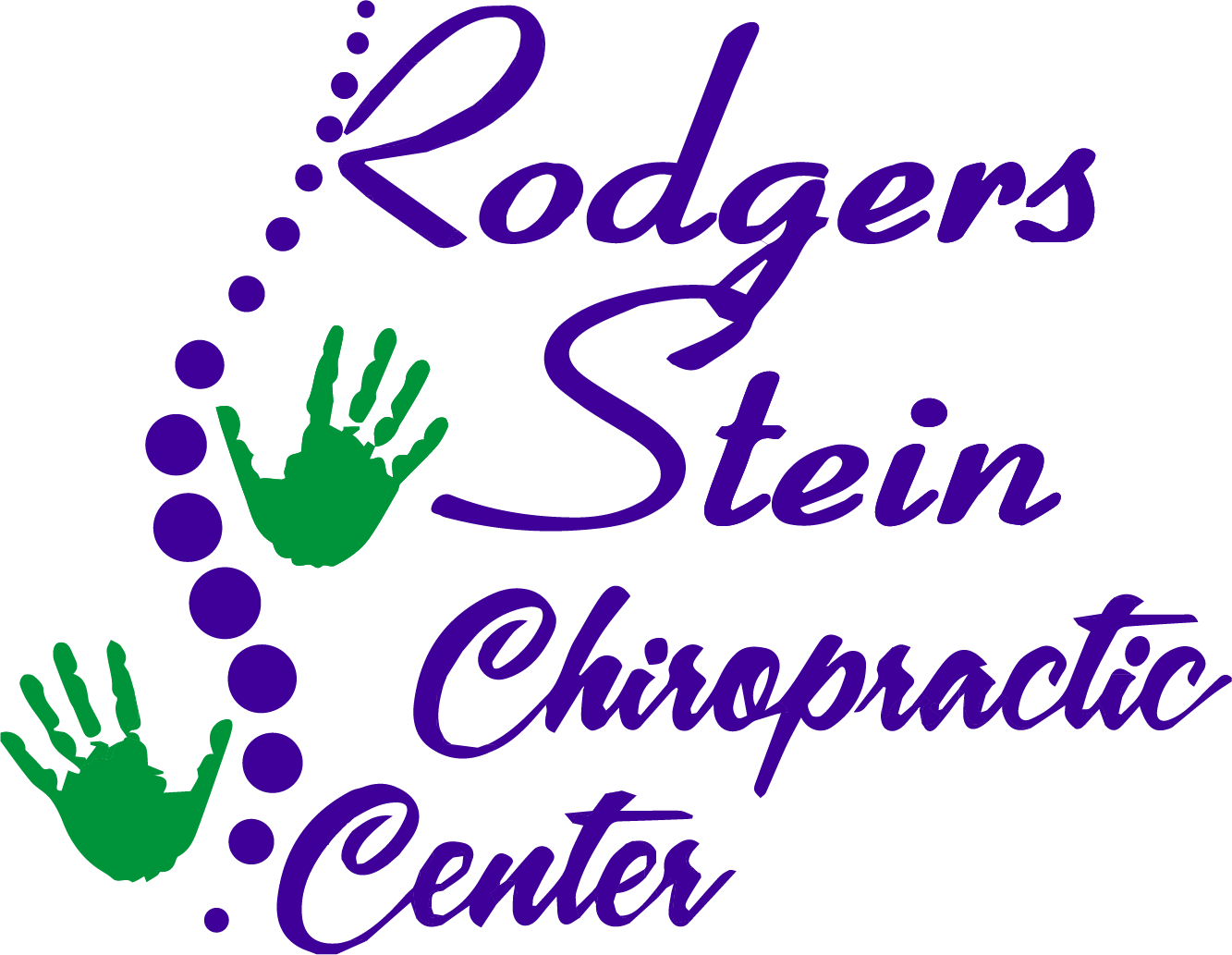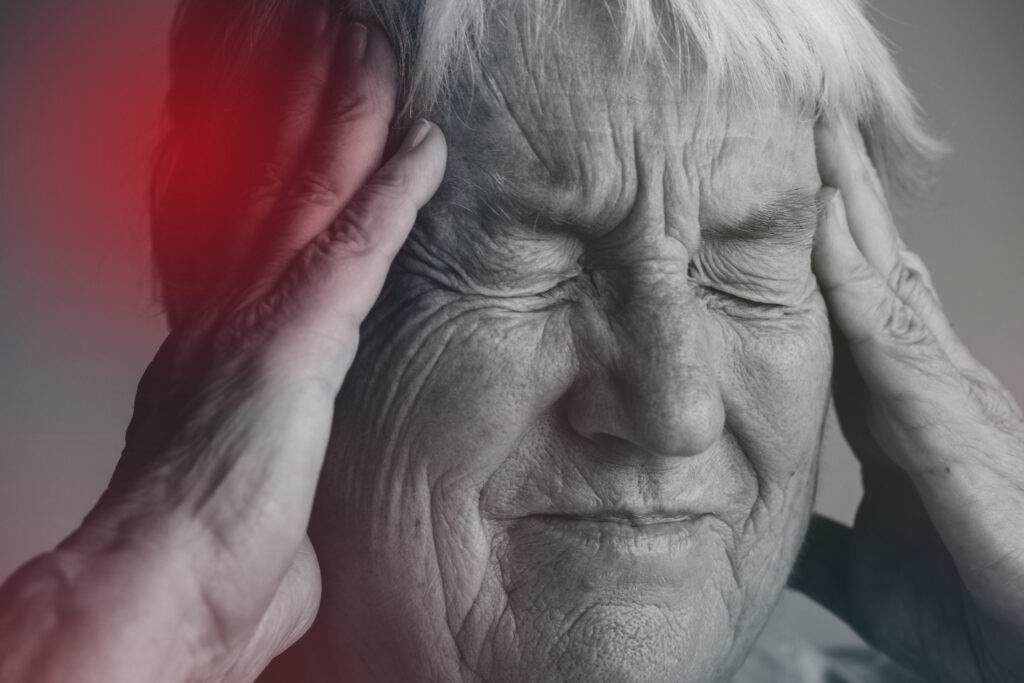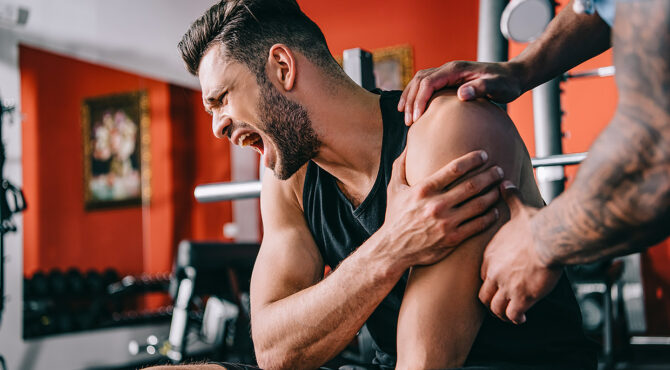When it comes to managing anxiety and enhancing mental wellness, you'll find a variety of techniques at your disposal. From mindfulness meditation and deep breathing to Cognitive Behavioral Therapy and yoga, each method offers unique benefits tailored to different needs. You might wonder which approach aligns best with your lifestyle or personal preferences. As we explore these strategies, you'll discover not only their individual merits but also how they can work together to create a more thorough plan for your mental health. What could this holistic perspective mean for your journey?
Mindfulness Meditation
Mindfulness meditation is a powerful tool that can greatly reduce anxiety levels. By focusing on the present moment, you can cultivate a sense of calm and awareness that helps you manage anxious thoughts. When you practice mindfulness, you learn to observe your thoughts and feelings without judgment. This shift in perspective allows you to recognize that anxiety doesn't define you; it's just a temporary state.
To get started, find a quiet space where you won't be disturbed. Sit comfortably, close your eyes, and take a deep breath. As you inhale, allow your abdomen to expand fully, and as you exhale, let any tension melt away. Focus on your breath, noticing the rhythm as it flows in and out. If your mind starts to wander, gently guide your attention back to your breath without criticizing yourself.
You can also incorporate body scans into your practice. As you meditate, mentally scan your body from head to toe, noticing areas of tension or discomfort. Acknowledging these sensations can help you release them, promoting relaxation.
Even just a few minutes of mindfulness meditation each day can make a significant difference. Over time, you'll notice that you're better equipped to handle stressors and anxious moments.
Cognitive Behavioral Therapy
Cognitive Behavioral Therapy (CBT) focuses on changing negative thought patterns to help you manage anxiety more effectively.
You'll learn practical techniques and strategies that can lead to significant improvements in your well-being.
Understanding the core principles and outcomes of CBT can empower you to take control of your anxiety.
Core Principles Explained
When you're grappling with anxiety, understanding the core principles of Cognitive Behavioral Therapy (CBT) can be a game changer. At its heart, CBT focuses on the connection between your thoughts, feelings, and behaviors. It teaches you that your negative thoughts can influence how you feel and act, often leading to heightened anxiety. Recognizing this link is the first step in reclaiming your mental wellbeing.
CBT emphasizes that changing your thought patterns can lead to more positive feelings and behaviors. You'll learn to identify distorted thinking, challenge these thoughts, and replace them with more balanced ones. This process helps you gain a clearer perspective and reduces anxiety's grip on your life.
Another essential principle of CBT is the importance of facing your fears rather than avoiding them. By gradually exposing yourself to anxiety-provoking situations, you can build resilience and reduce your fear response over time.
Ultimately, CBT empowers you to take an active role in your mental health. By understanding and applying these core principles, you can create a foundation for effective anxiety relief and improved mental wellness.
Techniques and Strategies
Effective anxiety relief hinges on a toolkit of techniques and strategies derived from Cognitive Behavioral Therapy (CBT). One of the most effective strategies is cognitive restructuring. This involves identifying and challenging negative thought patterns that contribute to your anxiety.
When you catch yourself thinking, "I'll fail at this," ask yourself, "What evidence do I have?" This process helps replace irrational thoughts with more balanced ones.
Another useful technique is exposure therapy. Gradually exposing yourself to anxiety-provoking situations can desensitize you over time. Start small; for example, if social situations make you anxious, practice speaking to a stranger in a low-pressure environment.
Mindfulness is another vital strategy. Techniques like deep breathing and meditation can ground you in the present moment, reducing the grip of anxiety. By focusing on your breath or the sensations in your body, you can create a sense of calm.
Lastly, journaling can be a powerful tool. Writing down your thoughts and feelings allows you to process them and gain perspective.
Incorporating these CBT strategies into your daily routine can greatly enhance your ability to manage anxiety and promote mental wellness.
Effectiveness and Outcomes
Research consistently shows that Cognitive Behavioral Therapy (CBT) is highly effective for treating anxiety disorders. When you engage in CBT, you're learning to identify and challenge negative thought patterns that fuel your anxiety. This structured approach helps you develop healthier coping mechanisms, leading to significant reductions in anxiety symptoms.
Studies indicate that approximately 60-80% of individuals experience improvement after completing a course of CBT. You'll likely notice a decrease in avoidance behaviors, as CBT encourages gradual exposure to anxiety-provoking situations. This process not only builds your resilience but also enhances your overall mental wellness.
CBT's effectiveness isn't just about symptom relief; it also equips you with lifelong skills. You'll learn to manage stress more effectively, improve your emotional regulation, and foster a greater sense of self-efficacy.
Many people report feeling more in control of their thoughts and emotions after undergoing CBT, which can lead to lasting changes in behavior.
Physical Exercise
Physical exercise serves as a powerful tool for alleviating anxiety and boosting your overall mental health. When you engage in physical activity, your body releases endorphins, often referred to as "feel-good" hormones. These natural chemicals can help improve your mood and decrease feelings of stress and tension.
You don't need to run marathons or lift heavy weights to reap the benefits. Even simple activities like walking, dancing, or yoga can make a significant difference. Aim for at least 30 minutes of moderate exercise most days of the week.
Whether you prefer hitting the gym or going for a leisurely stroll in nature, find what you enjoy most, as this increases the likelihood that you'll stick with it.
In addition to the chemical benefits, physical exercise also provides a structured routine, which can offer a sense of control during anxious times. Setting and achieving fitness goals, no matter how small, can boost your self-esteem and provide a distraction from negative thoughts.
Moreover, exercising in a group or with a friend can enhance social connections, combating feelings of isolation that often accompany anxiety. The camaraderie formed through shared activities can encourage you and provide additional emotional support.
Incorporating physical exercise into your daily life is a proactive approach to managing anxiety. So, lace up your sneakers, find an activity you enjoy, and get moving. Your mind and body will thank you for it!
Deep Breathing Techniques
Deep breathing techniques can offer you significant relief from anxiety, helping you regain a sense of calm.
You can learn various methods to practice deep breathing effectively and make it a part of your daily routine.
Let's explore the benefits, techniques, and how to seamlessly incorporate this practice into your life.
Benefits of Deep Breathing
When you're feeling overwhelmed by anxiety, practicing deep breathing techniques can provide immediate relief and help restore your sense of calm. Deep breathing activates your body's relaxation response, slowing your heart rate and lowering blood pressure. This physiological shift signals your brain that it's time to relax, reducing feelings of panic and stress.
Moreover, deep breathing helps improve your focus and concentration. By channeling your energy into each breath, you shift your attention away from anxious thoughts, making it easier to engage with the present moment. You'll find clarity when you breathe deeply, allowing you to tackle challenges with a renewed perspective.
Additionally, regular practice of deep breathing can enhance your overall emotional resilience. By incorporating this technique into your daily routine, you'll build a stronger foundation for managing anxiety in the long run. You'll notice that you're more equipped to handle stressors as they arise.
Ultimately, deep breathing isn't just a quick fix; it's a powerful tool for promoting mental wellness. When you take the time to breathe deeply, you invest in your mental health, fostering a greater sense of peace and stability in your life.
Techniques to Practice
To effectively harness the benefits of deep breathing, it's important to know a few techniques you can practice.
One popular method is diaphragmatic breathing. To do this, sit or lie down comfortably. Place one hand on your chest and the other on your abdomen. Inhale deeply through your nose, allowing your abdomen to rise while keeping your chest still. Exhale slowly through your mouth, feeling your abdomen fall. Aim for a count of four while inhaling and a count of six while exhaling.
Another technique is the 4-7-8 method. Inhale through your nose for a count of four, hold your breath for seven counts, and exhale through your mouth for eight counts. This method helps calm your mind and body, making it particularly useful before bedtime.
You might also try box breathing. Inhale for a count of four, hold for four, exhale for four, and hold again for four. Repeat this cycle to help reduce anxiety and increase focus.
Incorporating Into Daily Life
Incorporating deep breathing techniques into your daily routine can greatly enhance your overall well-being. Start by setting aside a few minutes each day specifically for this practice. You can do it first thing in the morning, during your lunch break, or before bedtime.
Pick a quiet space where you won't be disturbed, and get comfortable.
Begin with simple exercises, like the 4-7-8 technique: inhale deeply through your nose for a count of four, hold your breath for seven counts, and then exhale slowly through your mouth for eight counts. Repeat this cycle for a few minutes. You'll find that it helps calm your mind and reduce anxiety.
Try to integrate deep breathing into everyday activities. For instance, when you feel stressed at work, take a moment to pause and breathe. You can do this while waiting in line, before a meeting, or even while commuting.
The key is consistency. By making deep breathing a habitual part of your day, you'll enhance your resilience to stress and improve your mental clarity. Over time, you'll notice a significant difference in how you respond to challenges and maintain your mental wellness.
Herbal Remedies
Many people find relief from anxiety through herbal remedies, which have been used for centuries to promote calmness and well-being. If you're considering integrating herbal options into your anxiety-relief toolkit, you might want to explore a few well-researched options.
Chamomile is a popular choice, known for its calming effects. Drinking chamomile tea or taking it in supplement form can help reduce anxiety symptoms and improve sleep quality.
Another effective herb is valerian root, often used to promote relaxation and reduce insomnia. It's available in teas, extracts, or capsules, and many find it beneficial before bedtime.
Passionflower is another herbal remedy worth considering. It's believed to increase levels of gamma-aminobutyric acid (GABA) in the brain, which helps calm the nervous system. You can find it in tinctures or teas.
Similarly, ashwagandha is gaining recognition for its adaptogenic properties, helping the body manage stress. You might take it in powder or capsule form.
St. John's Wort is also popular, particularly for mild depression and anxiety. However, you should consult a healthcare professional before using it, as it can interact with various medications.
Journaling Practices
Embracing journaling practices can be a powerful tool for managing anxiety. When you put pen to paper, you create a safe space to express your thoughts and feelings without judgment. This act of writing helps you process emotions, making them less overwhelming. It can also provide clarity, allowing you to identify specific triggers that cause your anxiety.
Start by setting aside a few minutes each day to write. You don't need to worry about grammar or structure; just let your thoughts flow. Try to focus on what's causing you stress or anxiety at that moment. By articulating your feelings, you'll often find that they lose some of their power over you. You might also discover patterns in your thoughts and behaviors, helping you understand and address the root of your anxiety.
Consider incorporating prompts into your journaling routine. Questions like "What am I grateful for today?" or "What challenges did I face, and how did I overcome them?" can shift your focus from negative to positive. Another technique is to write letters to yourself or even to your anxiety, expressing your frustrations and hopes.
As you continue journaling, you'll likely notice a gradual shift in your mindset. You'll develop a deeper understanding of yourself and your emotions, which can lead to improved mental wellness.
Yoga and Movement
Practicing yoga and movement offers a holistic approach to alleviating anxiety, combining physical activity with mindfulness. When you engage in yoga, you're not just stretching; you're also focusing on your breath and being present in the moment. This mindfulness element helps quiet the mind, reducing anxious thoughts that often spiral out of control.
Movement, whether through traditional yoga poses or more dynamic exercises, releases endorphins, which are natural mood lifters. You might find that even a short session of gentle yoga can boost your mood considerably. As you flow through various poses, you also promote better circulation and muscle relaxation, both of which can contribute to a sense of calm.
Incorporating yoga into your routine doesn't have to be complicated. You can start with just a few minutes each day, gradually increasing the time and complexity of your practice. Try focusing on deep, intentional breathing during your movements. This connection between breath and movement enhances your awareness of bodily sensations, helping you reconnect with yourself and alleviate anxious feelings.
Moreover, finding a local class or following an online session can provide structure and community, further enhancing your practice. Remember, the goal isn't perfection but progress. Listen to your body, and modify poses as needed.
Each session is an opportunity to cultivate inner peace and resilience against anxiety. So, roll out your mat and embrace the journey of yoga and movement for mental wellness.
Social Support Systems
During times of anxiety, having a strong social support system can make a significant difference in how you cope. Surrounding yourself with supportive friends, family, or community members offers you a safety net. These connections provide emotional reassurance, validation, and practical help when you're feeling overwhelmed.
When you share your feelings with someone you trust, it can lighten the emotional load. You can gain perspective and feel understood, which helps to reduce anxiety. Engaging in conversations, even simple ones, can create a sense of normalcy and connection. It's comforting to know that you're not going through this alone.
Building a social support system doesn't have to be overwhelming. Start by reaching out to those you already know. You could schedule regular check-ins or plan activities that you enjoy together.
Sometimes, just sitting quietly with someone can be enough to create a sense of calm.
If you find it hard to open up, consider joining a group or community that shares your interests or experiences. Whether it's a hobby club, a support group, or a class, these environments can foster connections with others who understand what you're going through.
Professional Counseling Options
Seeking professional counseling can be an essential step in managing anxiety effectively. When you decide to reach out for help, you'll find various options tailored to your specific needs. One popular choice is cognitive-behavioral therapy (CBT), which focuses on identifying and changing negative thought patterns that contribute to your anxiety. CBT equips you with practical tools to tackle anxious thoughts head-on, making it a highly effective approach.
Another option is mindfulness-based therapy, where you'll learn techniques to help you stay present and grounded. This practice can notably reduce anxiety symptoms by shifting your focus away from worries about the future.
Additionally, group therapy provides a unique space for sharing experiences with others facing similar challenges; this can foster connection and reduce feelings of isolation.
If you prefer a more holistic approach, consider exploring integrative therapies that combine traditional counseling with alternative practices like yoga or meditation. These options can enhance your mental wellness toolkit, giving you a broader range of techniques to manage anxiety.
It's essential to find a qualified therapist who resonates with you. Don't hesitate to ask questions about their approach and experience.
Conclusion
In exploring various techniques for anxiety relief and mental wellness, you've discovered a wealth of options tailored to your needs. Whether you choose mindfulness meditation, deep breathing, or engaging in physical exercise, each method offers unique benefits. Don't underestimate the power of social support, professional counseling, or even simple journaling. Embrace a holistic approach, mixing these strategies to find what resonates best with you. Remember, your journey to mental wellness is personal, and every step counts.



